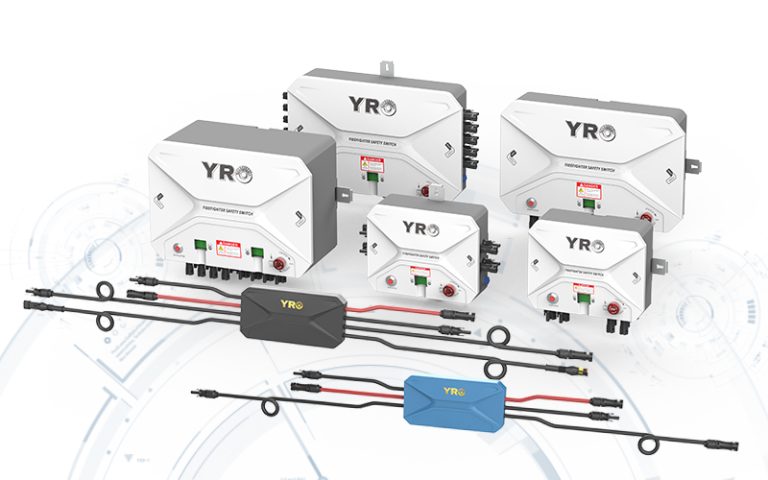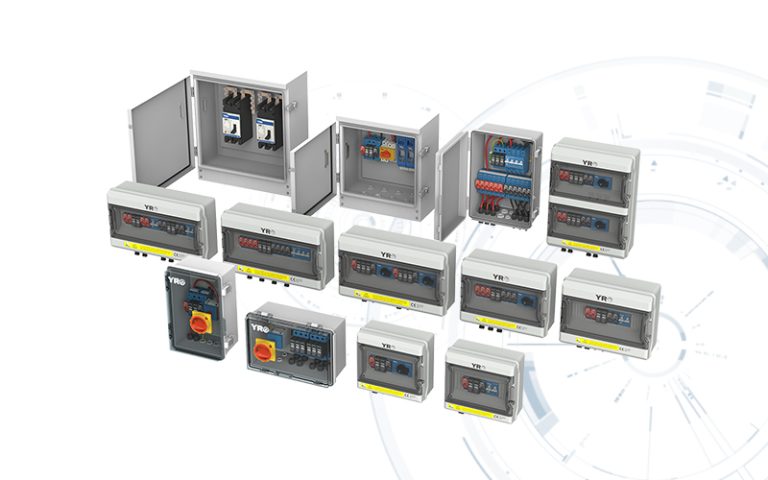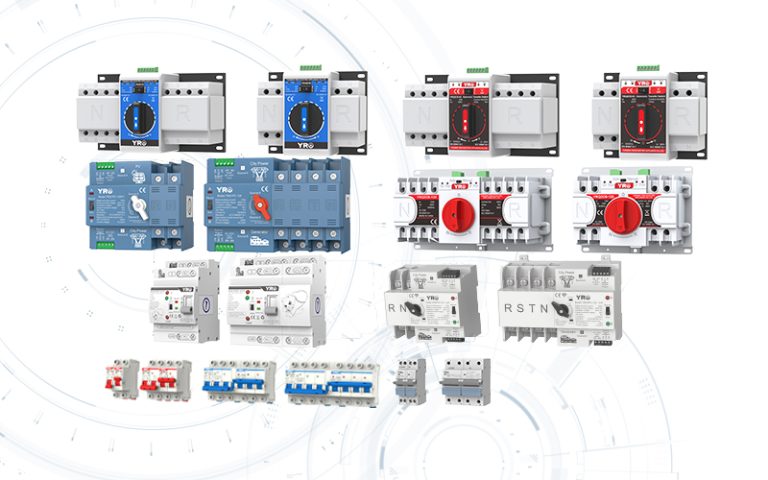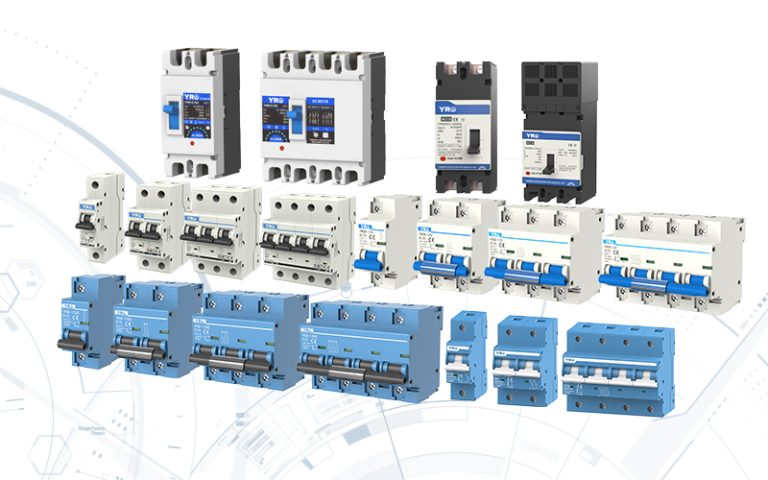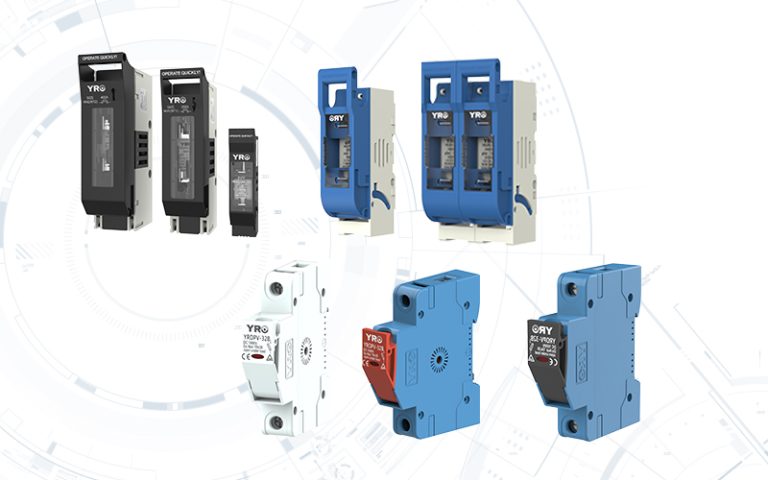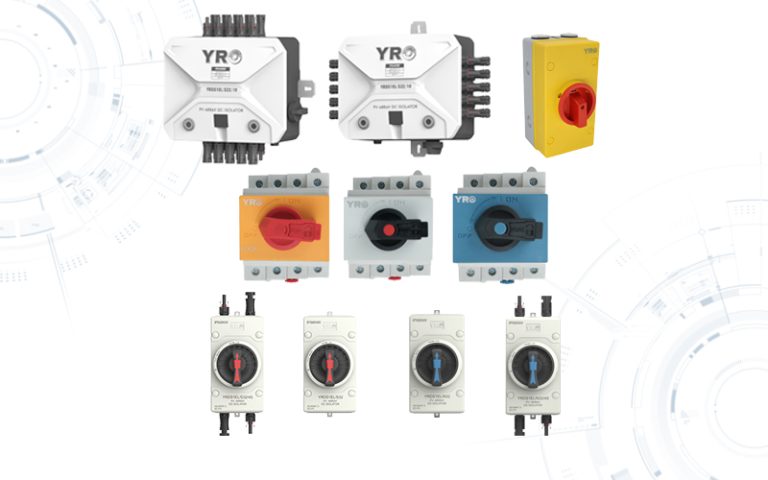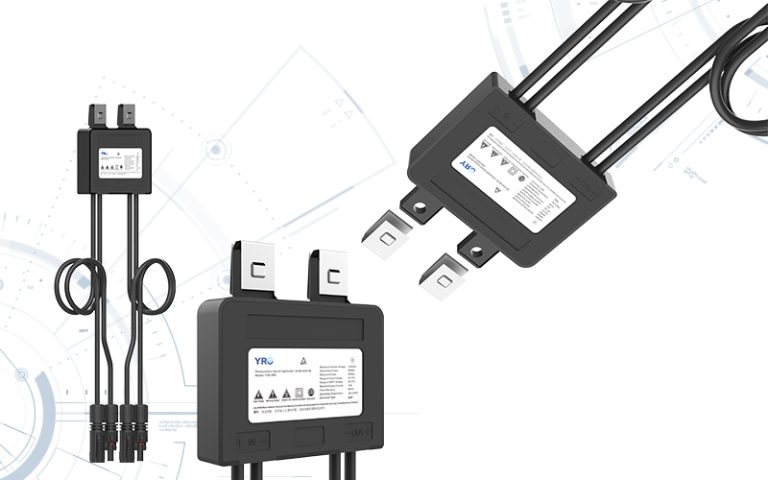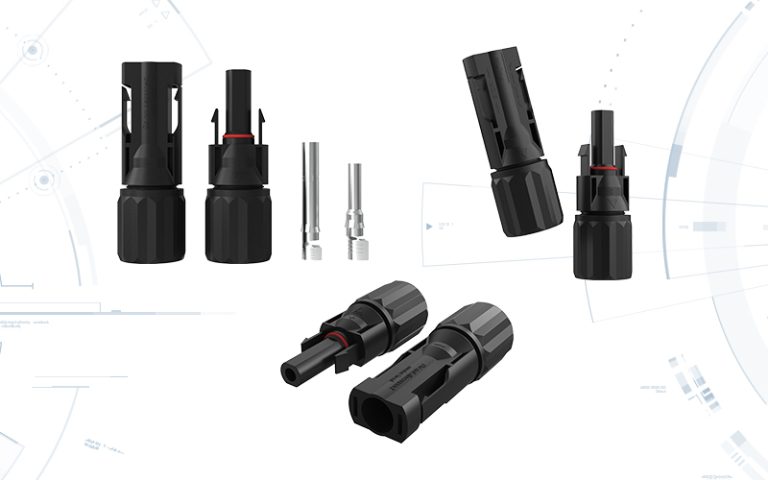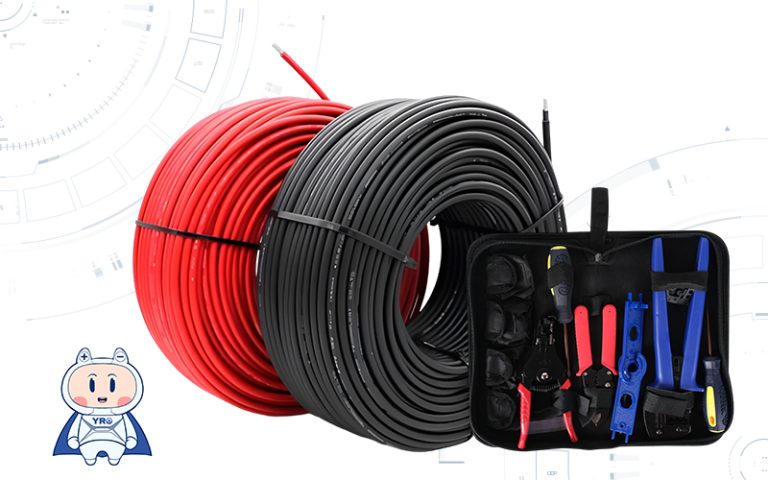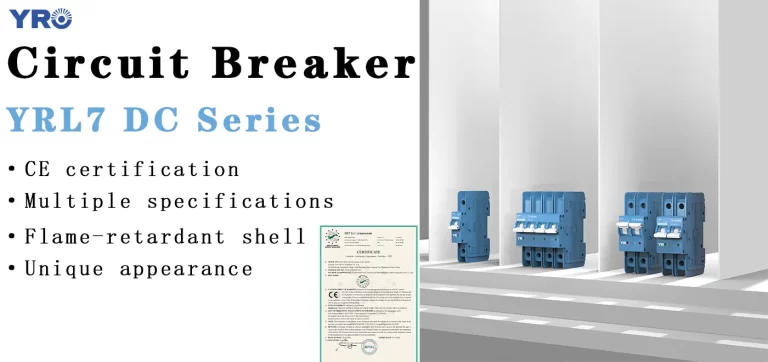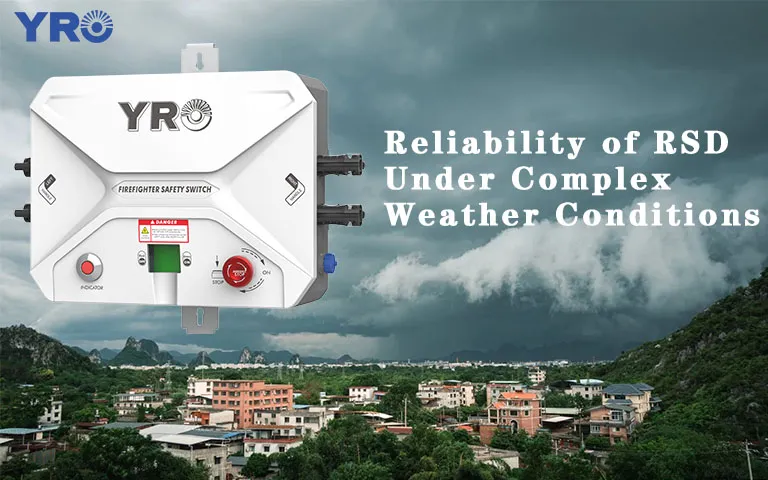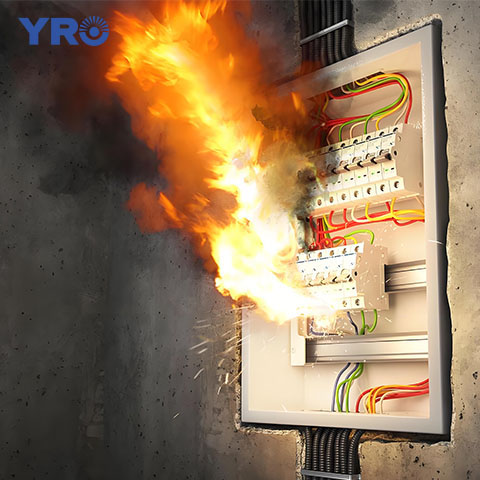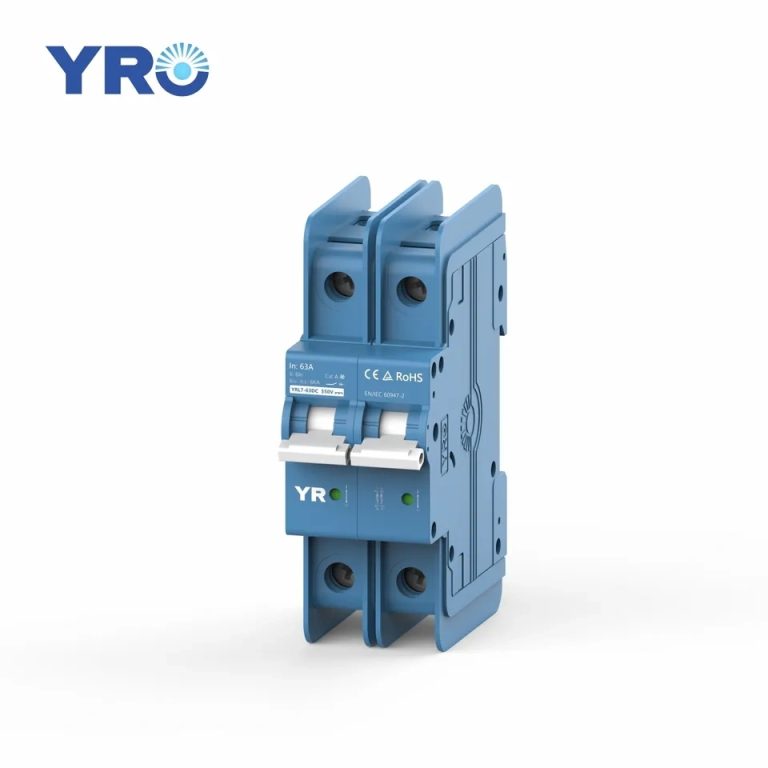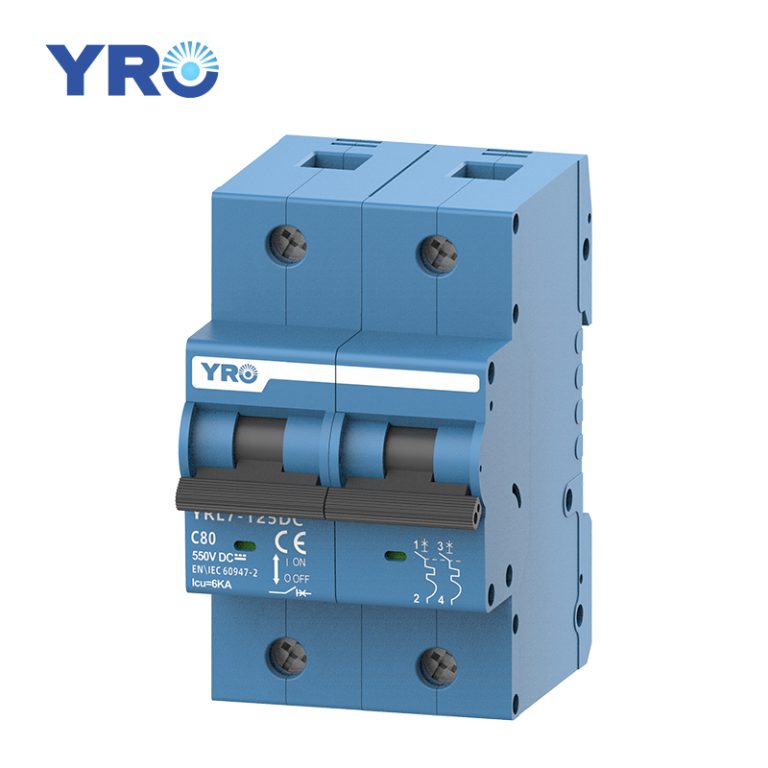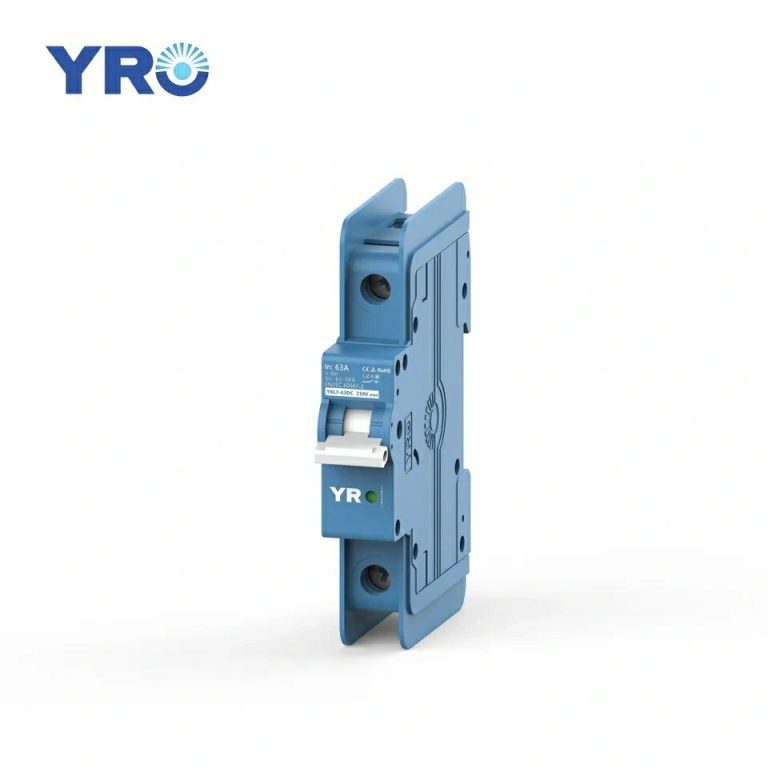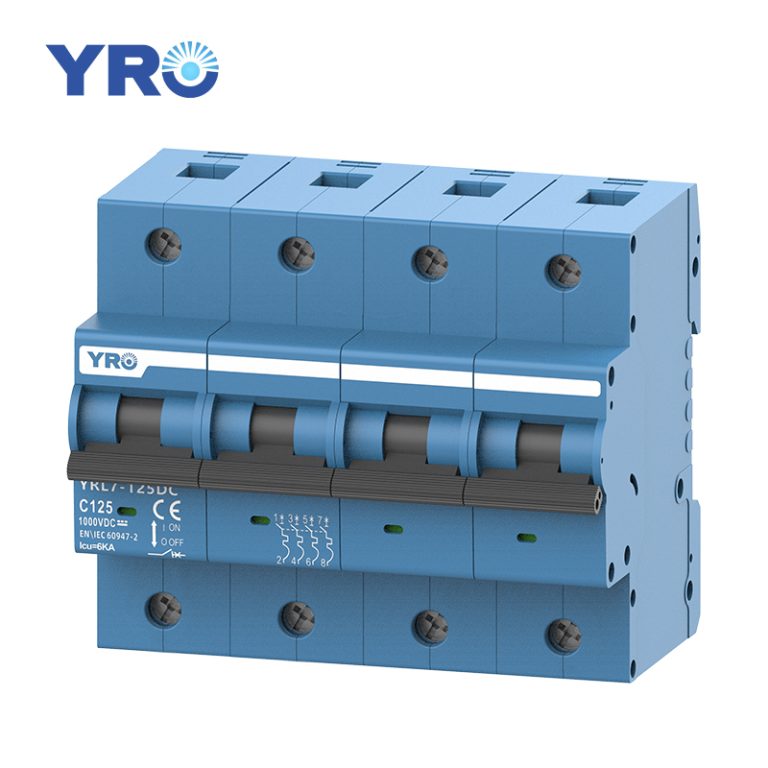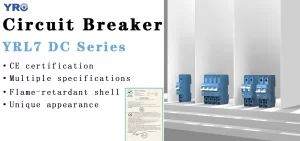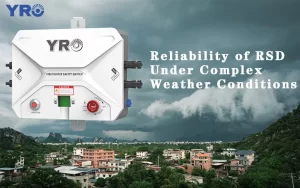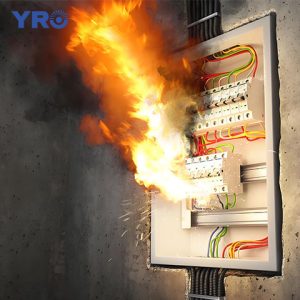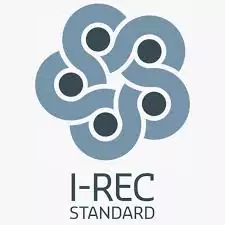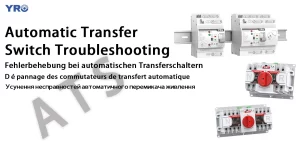On a humid summer morning, a factory owner hurried into the workshop to replace a faulty circuit breaker. Faced with urgent production deadlines, he installed a readily available, seemingly compatible circuit breaker. In less than half an hour, the circuit breaker emitted a burnt smell, and its casing gradually softened and deformed. Fortunately, an employee noticed the abnormal sound and immediately cut off the power supply, averting a catastrophic accident.
Dangers of Using Mismatched Circuit Breakers
Circuit breakers are precise safety devices rather than interchangeable parts. Data shows that in commercial and industrial Settings, 75% of fire accidents are caused by electrical failure or malfunction. Therefore, when incorrect or incompatible circuit breakers are installed, the following dangerous situations may occur:
- Overheating and fire risk: If the rated current of the circuit breaker is too small, it may trip frequently or fail to supply power continuously. If the rated current is too large, it may allow excessive current to pass through, causing the cable to overheat and subsequently leading to a fire.
- Nuisance Tripping: Installing a circuit breaker with an unreasonable rating may cause frequent tripping even without faults, affecting equipment operation.
- Short-circuit risk: If the breaking capacity of the circuit breaker is insufficient, it may fail to effectively cut off a high-intensity short circuit, resulting in an explosion or damage to the equipment.
What Consequences Will Occur if Circuit Breakers Do Not Match?
- Fire Risk
When overload or short circuit exists in the circuit, but the circuit breaker fails to trip promptly, the wires may continue to heat up and exceed their temperature tolerance limit, igniting surrounding materials and ultimately causing a fire.
- Equipment Damage
Especially for some precision equipment or motors, if they are not protected in time when overloaded, they may be permanently damaged due to excessive current. If the circuit breaker is not closed properly, it may cause arc flashover, resulting in data loss or system crash for sensitive electronic equipment.
- Operational Faults
In high-voltage systems, if circuit breakers operating phase-by-phase have inconsistent three-phase actions (e.g., only one phase trips), it will cause non-full-phase operation, generating negative-sequence and zero-sequence currents, leading to generator overheating, transformer winding burnout, and other problems. Additionally, malfunctions in the three-phase inconsistency protection relay or time relay may cause misoperation, further exacerbating electrical risks.
- Increased Maintenance Costs
Mismatched circuit breakers may frequently malfunction or fail to operate, increasing the frequency and cost of maintenance.
- Unwanted Upstream Tripping
When the protection characteristics of upstream and downstream circuit breakers do not match, a downstream fault may cause the upstream circuit breaker to trip unnecessarily, subsequently triggering cascading faults.
How to Avoid This Risk?
Match the rated current value: Ensure that the current rating of the circuit breaker matches the wire diameter and load capacity of the line.
- Check the breaking capacity: Especially in industrial and commercial power consumption scenarios, the maximum breaking capacity of the circuit breaker should be greater than the possible short-circuit current.
- Select certified products: Choose brand products with international certifications such as CE and UL.
- Avoid brand mixing: Circuit breakers of different brands may not be interchangeable. Compatibility needs to be confirmed.
- Professional installation: For important circuits such as photovoltaic systems, please have them installed by professionals.
Solution Provided by YRO
On the YRO official website, we offer a variety of circuit breakers, and all our products have undergone strict testing and meet international certification standards. Especially for the YRL7-63DC series circuit breakers, on the basis of having CE certification, they have also undergone appearance design, achieving a balance between quality and aesthetics.
Whether you need to install a bipolar DC circuit breaker that is compatible with a photovoltaic combiner box, or want to replace an AC circuit breaker in a household distribution box, YRO can provide:
- Breakers with precise current ratings (1A–125A)
- Compact structure, suitable for various combiner boxes
- OEM & ODM support with tailored labeling
- CE, TUV, and UL certification options
Conclusion
Using the wrong circuit breaker is not merely a technical issue; its essence is a safety hazard.
Before installing or replacing any circuit breaker, please first confirm the technical specifications, load capacity, brand compatibility, and select a reliable product.
The correct circuit breaker doesn’t just protect the circuit; it protects your home, your business, and even your life safety. If you wish to obtain certified and trustworthy electrical protection products, welcome to contact YRO.

